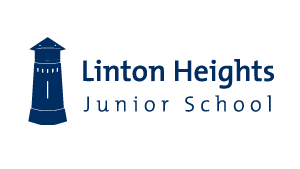Computing
Computing
Intent
Our computing curriculum aims to instil a sense of enjoyment around using technology and to develop pupils’ appreciation of its capabilities and the opportunities technology offers to, create, manage, organise and collaborate. We want to develop pupils’ confidence when encountering new technology, which is a vital skill in the ever evolving and changing landscape of technology. Through our curriculum, we intend for pupils not only to be digitally competent and have a range of transferable skills at a suitable level for the future workplace, but also to be responsible online citizens.
Our computing curriculum is underpinned by the Kapow scheme of work which enables pupils to meet the end of key stage 2 national curriculum requirements and also satifies all the objectives of the DfE’s Education for a Connected World Framework.
Implementation
We follow the condensed version of the Kapow computing scheme of work which is organised into five key areas, creating a cyclical route through which pupils can develop their computing knowledge and skills by revisiting and building on previous learning: computer systems and networks, programming, creating media, data handling and online safety.
Although we follow the condensed version, we taught the complete online safety curriculum. These aspects are taught in a special day of teaching on Safer Internet Day in February. How to stay safe online is reinforced during all our computing lessons as well as through our PSHE curriculum. Other computing is taught in regular (normally weekly) one hour sessions using a range of Windows laptops and Apple iPads. By teaching the condensed version of the scheme of work for most units, it allows us to ensure that key learning is reinforced and to allow for cross curricular application of computing skills.
Impact
The impact of the Kapow scheme of work is monitored through formative and summative assessment opportunities. Each lesson includes guidance to support teachers in assessing pupils against the learning objectives and each unit has a unit quiz and knowledge catcher which are used at the end of the unit.
Pupils leave Linton Heights equipped with a range of skills to enable them to success in their secondary education and be active participants in the ever-increasing digital world.
For more information, see the computing curriculum information below:
